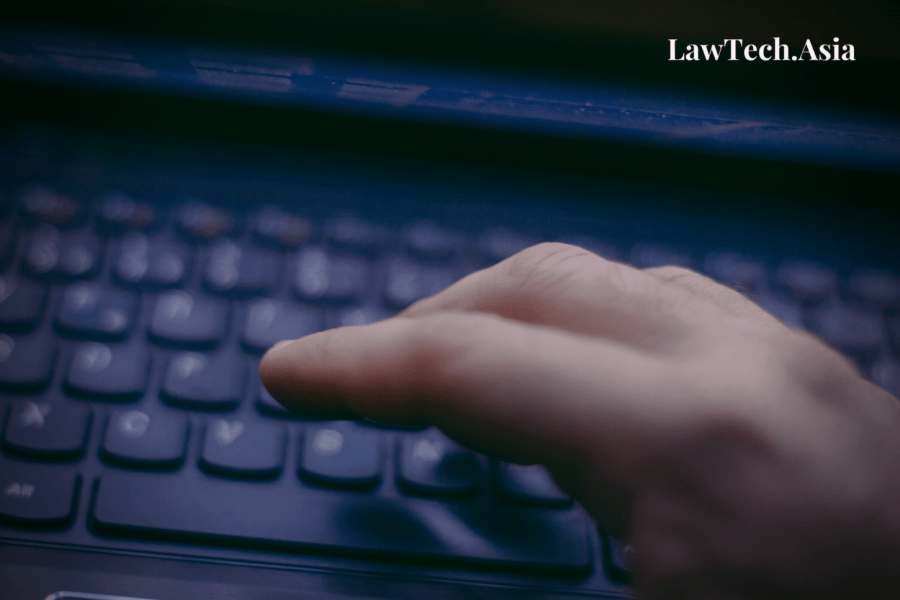Written by Sim Qian Hui | Edited by Josh Lee Kok Thong
We’re all law and tech scholars now, says every law and tech sceptic. That is only half-right. Law and technology is about law, but it is also about technology. This is not obvious in many so-called law and technology pieces which tend to focus exclusively on the law. No doubt this draws on what Judge Easterbrook famously said about three decades ago, to paraphrase: “lawyers will never fully understand tech so we might as well not try”.
In open defiance of this narrative, LawTech.Asia is proud to announce a collaboration with the Singapore Management University Yong Pung How School of Law’s LAW4032 Law and Technology class. This collaborative special series is a collection featuring selected essays from students of the class. Ranging across a broad range of technology law and policy topics, the collaboration is aimed at encouraging law students to think about where the law is and what it should be vis-a-vis technology.
This piece, written by Sim Qian Hui, seeks to demonstrates the need to rethink the evidentiary landscape in the age of social media. The use of social media evidence in court proceedings is plagued with uncertainty. By assuming that people present themselves in the same way online and offline, the courts misinterpret the relevance of certain types of social media posts. The courts lack understanding on social media culture and draw mistaken inferences from common types of social media conduct. Further, the overly broad discovery of social media content violates an individual’s right to privacy. Accordingly, courts must consider the unique properties and social norms surrounding social media when utilising social media evidence. Given that social media has become part of today’s society, courts ought to ensure the continued relevance of the evidentiary regime.





